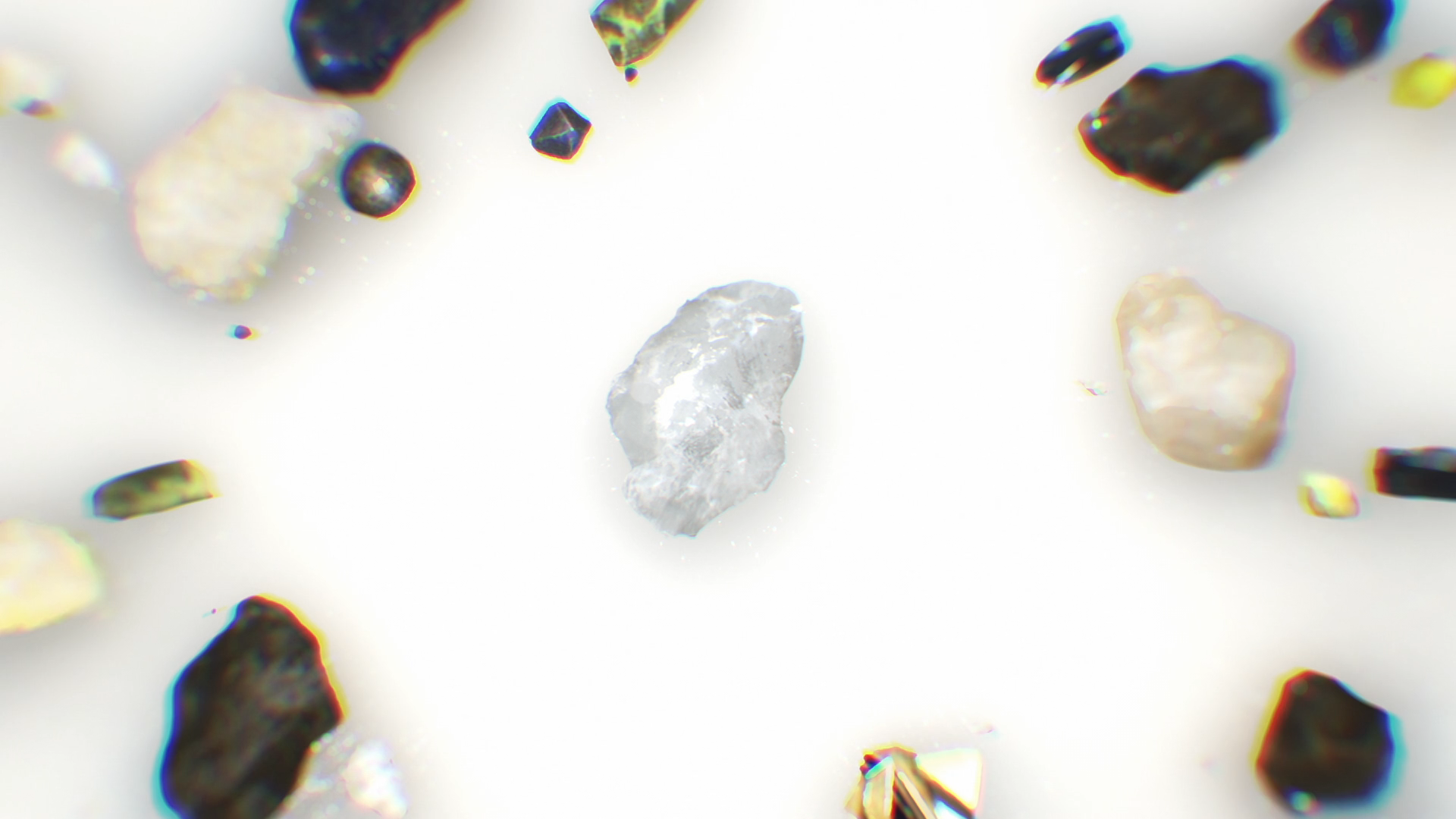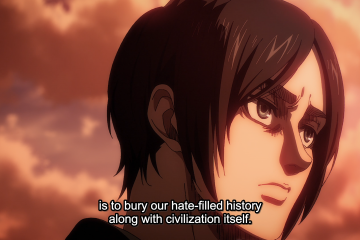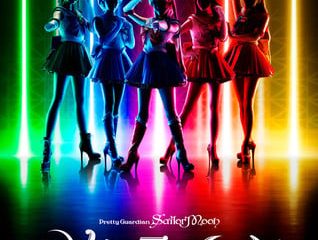Did you ever think that you’d watch an anime episode about the thrilling world of sand? Ruri Rocks is sure you never thought so. Despite the episode’s less-than-stellar subject matter, Ruri Rocks Episode 4 gets a standing ovation from me. I’ve long lamented that hobby anime never truly explains the pastime it’s championing. Whether it’s fishing or astronomy, hobby anime never gives us key information about their pastime. It could be argued that they are intentionally simplifying the information to appeal to a broader audience. แต่พื้นฐานไม่ควรไม่ได้รับสิ่งที่ไม่ได้รับการสนับสนุน
บทสนทนาสั้น ๆ กับ ChatGPT สามารถให้ข้อมูลเพิ่มเติมเกี่ยวกับงานอดิเรกกลางแจ้งได้มากกว่าอนิเมะที่มีธีมกลางแจ้งส่วนใหญ่ เนื่องจากอนิเมะเหล่านี้มีจุดมุ่งหมายที่จะสร้างแรงบันดาลใจให้ผู้ชมนำแนวคิดที่ได้รับการส่งเสริมมาใช้วิธีการดังกล่าวจึงขาดหายไป
แต่นั่นเป็นข้อผิดพลาดที่ Keiichiro Shibuya หลีกเลี่ยงเมื่อพวกเขาเขียน Ruri No Hoseki This is how a hobby anime should explain its material to the audience. Don’t skimp on things. ดูหมิ่นเราคุยกับเราเหมือนเราอายุ 5 ขวบ

out with a college student — I’m not one of them.
The age gap between Ruri and Nagi may seem unnecessary to some. But it serves as an effective framing device for the anime’s storytelling. If Nagi were explaining mineralogy to someone her own age, her approach would likely be different. เนื่องจาก Ruri อายุน้อยกว่า Nagi จึงปรับคำอธิบายของเธอลดรายละเอียดทางเทคนิคลงและส่งข้อมูลในวิธีที่เข้าถึงได้ง่ายขึ้น She perceives Ruri as a kid, so she shares the knowledge in a digestible manner. This decision allows the simplified explanations to also serve as accessible lessons for viewers. เนื่องจากการสนทนาเหล่านี้ถูกรวมเข้ากับการโต้ตอบของพวกเขาอย่างเป็นธรรมชาติเราในฐานะผู้ชมไม่ได้สังเกตว่านากินั้นสอนเราอย่างละเอียดเช่นกัน This is a brilliant method of conveying information, and it’s something other hobby anime should emulate.
 คุณเคยเห็นเมฆบนท้องฟ้าหรือไม่? ความจริงแล้วคนส่วนใหญ่จะไม่เห็นเฉดสีฟ้าของท้องฟ้า
คุณเคยเห็นเมฆบนท้องฟ้าหรือไม่? ความจริงแล้วคนส่วนใหญ่จะไม่เห็นเฉดสีฟ้าของท้องฟ้า
Ruri Rocks ตอนที่ 4-มุมแร่วิทยา
ในขณะที่ Ruri Rocks ตอนที่ 4 อาจแสดงให้เราเห็นถึงด้านการสำรวจและการวิจัยที่ยิ่งใหญ่มากขึ้น When analyzing data, it’s essential to consider how it fits into the broader context. If you find a precious stone in a river, you might assume there are more nearby. อย่างไรก็ตามดังที่แสดงในตอนนี้สิ่งที่คุณกำลังค้นหาอาจอยู่ห่างจากที่คุณคาดหวังมาหลายไมล์
พืชเป็นตัวบ่งชี้ที่สมบูรณ์แบบของสิ่งที่ดินถูกสร้างขึ้น
คนส่วนใหญ่ไม่ได้ใช้แร่วิทยาอย่างจริงจังพอที่จะลงเอยในห้องแล็บ-ฉันไม่ได้และฉันอาจจะไม่เคย But that doesn’t mean I can’t offer some advice. Just as Ruri and Nagi look for clues in rivers, you can use geological maps and mineral maps to deduce where treasures might be buried. Many ores and minerals occur together or in specific environments. ความรู้เช่นการจดจำประเภทของดินหรือการระบุพืชที่เติบโตในพื้นที่สามารถช่วยให้คุณแคบลงการค้นหาของคุณ
ตัวอย่างเช่น Selenite และ Desert Roses เป็นทั้งสองรูปแบบของยิปซั่ม If you can’t tell whether an area contains gypsum just by looking at the soil, you can look at the plants. พืชบางชนิดเป็นตัวบ่งชี้ของแร่ธาตุเฉพาะหรือสภาพดิน
<ความกว้าง img="1920"ความสูง="1080"src="https://static.animecorner.me/2025/07/1753906501-CF208306DC4F519595 © Cornerstone Minerals & Natural History-(ขวา) Desert Rose ตัวอย่าง© Crystal Kang
ภาพหน้าจอผ่าน Crunchyroll
© Keiichiro Shibuya/Kadokawa/” Ruri’s Jewels” คณะกรรมการการผลิต

